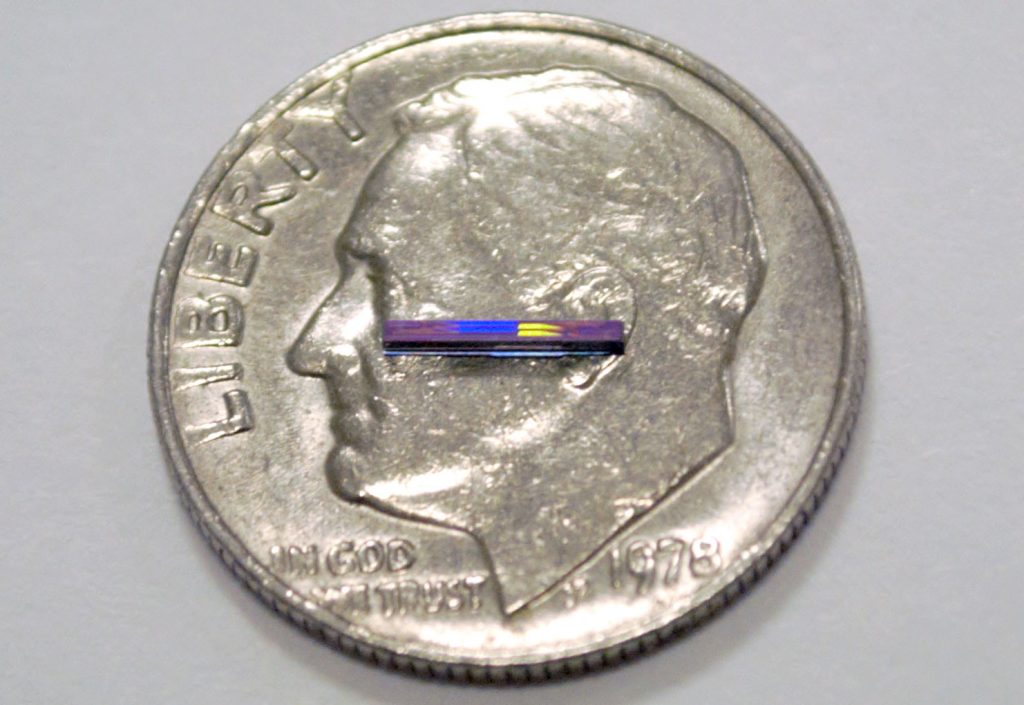
US: Engineers at the Massachusetts Institute of Technology (MIT) have created what they call a “LiDAR chip.” It is a LiDAR sensor that fits onto one 300 millimeter microchip. LiDAR chip is a silicon photonics that uses silicon waveguides to create “wires for light,” with properties similar to optical fibers except on a much smaller scale.
These waveguides are then integrated into on-chip photonic circuits. An electronic analogy to silicon photonics would be something like taking discrete electrical components, such as copper wires and resistors, and integrating them onto a microchip with copper traces and nano-scale transistors.
These chips could be made using the same process currently used for microprocessors, significantly bringing down the cost of production. Not only does this new approach mean that the sensors will be much cheaper —they’ll cost about $10 each to produce—but the technology is also vastly improved.
The sensors will be able to scan their environments 1,000 times faster than currently used mechanical LiDAR systems. That makes the chips great for unmanned arial vehicles, which need to scan their environment for small, quickly moving objects, like, say, birds. Using silicon photonics (a way of building light-based circuits) on a micro scale, this invention could do for 3D mapping what the microchip did for computing.
LiDAR is currently used in autonomous vehicles like self-driving cars and drones. A LiDAR system right now, costs between $1,000 and $70,000 and are rather bulky considering their ability to mechanically swiveling the laser to scan the environment. But the new invention from engineers at MIT Photonic Microsystems Group and DARPA may dramatically alter the cost and size of these systems.




